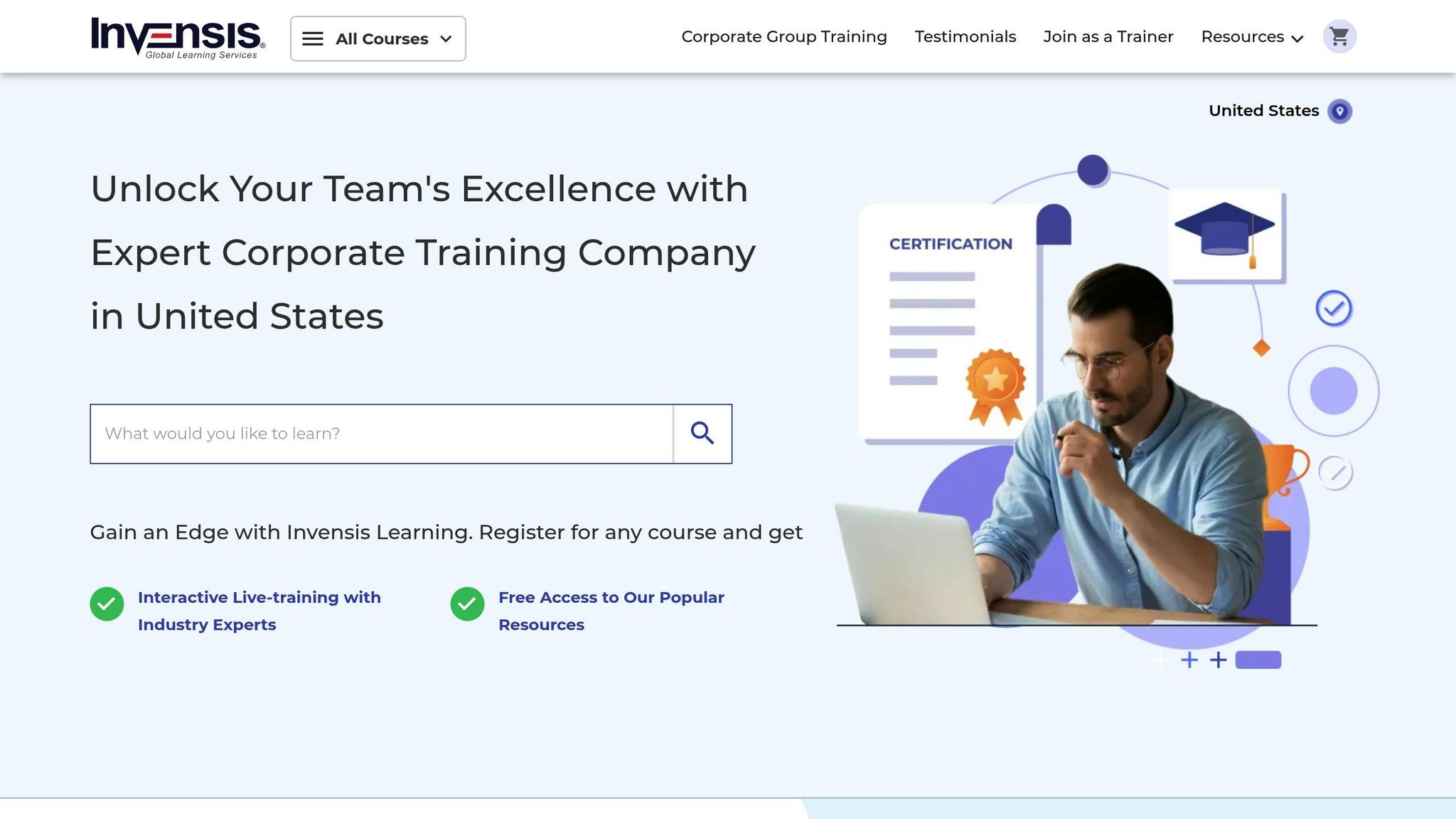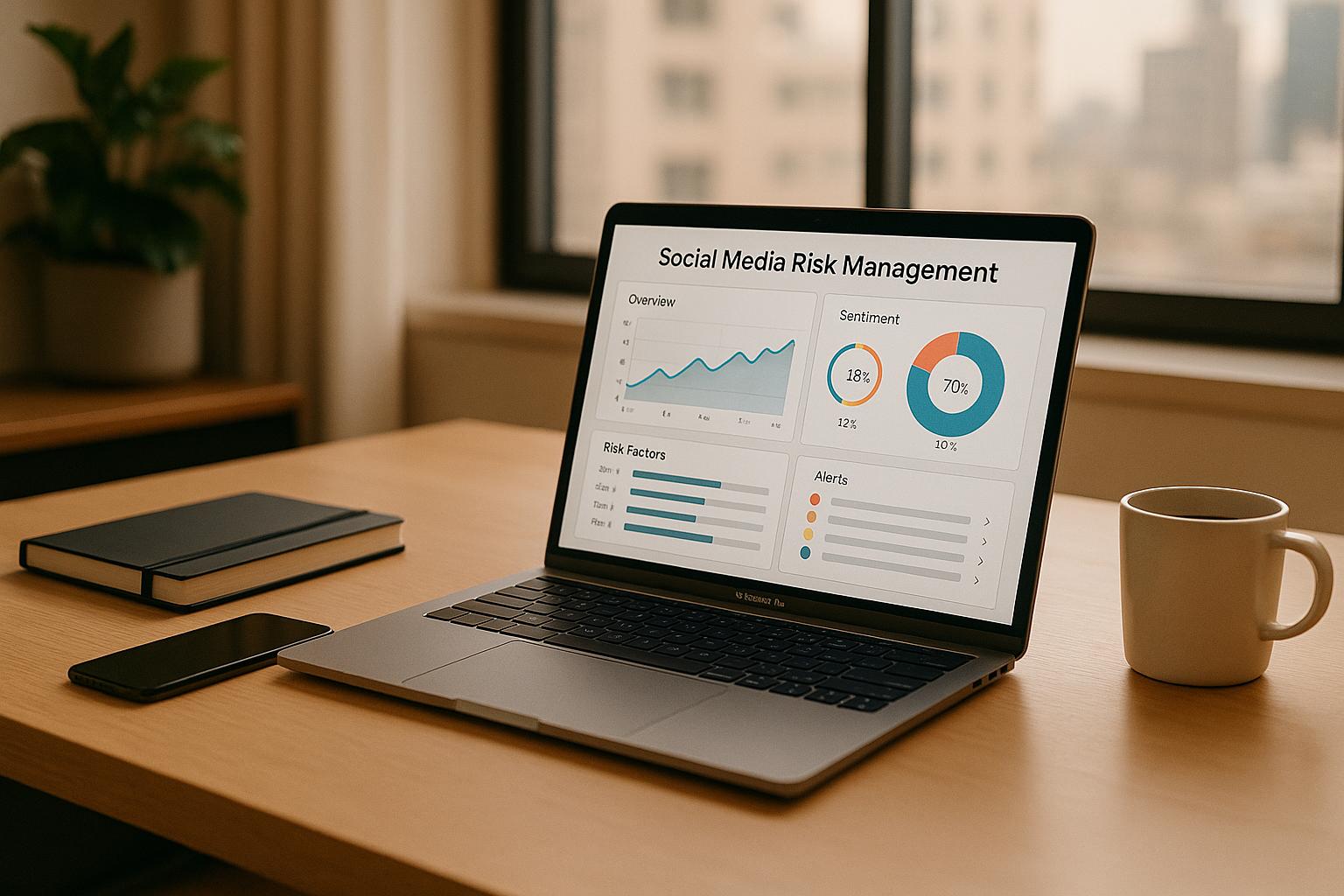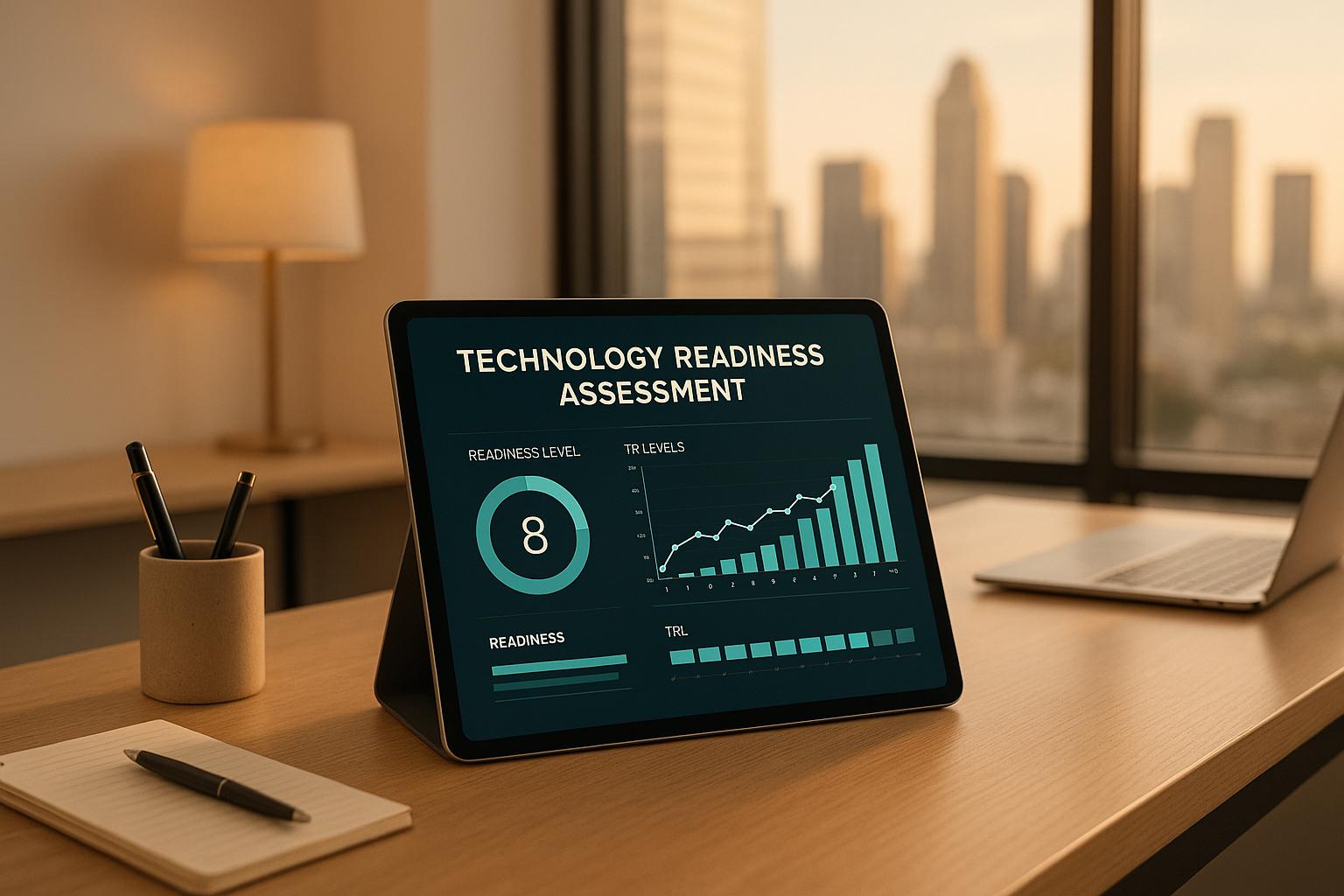Want to protect your business from risks like cyberattacks, natural disasters, or operational failures? Start with smart resource allocation. Here's what you need to know:
- Why it matters: Poor resource management causes 50% of projects to miss deadlines and 23% to fail outright. Effective allocation reduces these risks, protects assets, and improves efficiency.
- Key steps:
- Identify risks: Assess vulnerabilities (e.g., cyber threats, supply chain issues) using past data and employee feedback.
- Prioritize risks: Use a risk matrix to focus on the most critical threats based on their likelihood and impact.
- Allocate resources: Budget for high-priority risks, balance preventive and reactive measures, and leave room for contingencies.
- Monitor and adjust: Track KPIs like resource utilization and adapt plans to emerging risks in real time.
Example: After a ransomware attack in 2021, Ireland's Health Service Executive suffered massive disruptions due to poor preparation. Proper resource allocation could have mitigated the fallout.
Risk Mitigation Strategies | The 5 Best Approaches of Risk Management | Invensis Learning

Step 1: Identify and Assess Your Risks
Pinpointing business risks is essential for allocating resources wisely. To do this, you need to take a hard look at vulnerabilities that could disrupt operations, harm your reputation, or drain your finances.
The first step in protecting your business is understanding what you're up against. Risk identification involves spotting and documenting potential threats to your organization. These risks aren't limited to obvious issues like cyberattacks or natural disasters - they could include anything that hinders your ability to meet goals.
Conduct a Thorough Risk Assessment
A solid risk assessment digs deeper than surface-level problems. Using a "root cause" approach can help you uncover whether risks stem from issues like inadequate training, product defects, or poor communication.
Your assessment should include a mix of activities. Start by analyzing past data and gathering employee feedback through workshops. These steps can reveal patterns and hidden vulnerabilities. Next, review your internal processes step by step to identify weak points, such as areas prone to human error or single points of failure.
Don’t stop at internal risks - consider external factors, too. Changes in laws, economic conditions, competitor actions, or industry trends can introduce new risks. Create what-if scenarios to explore vulnerabilities you might otherwise overlook. For example, think about the impact of losing a key customer or supplier, or how shifts in compliance requirements could affect your operations.
Once you've identified risks, the next step is to measure their likelihood and impact.
Evaluate Risk Impact and Likelihood
After listing potential risks, it’s time to assess their significance by looking at how likely they are to happen and how much damage they could cause. Start by defining impact categories specific to your business, such as financial, operational, reputational, legal, health and safety, and customer-related impacts.
For financial risks, consider both direct costs (like lost revenue or emergency expenses) and indirect costs (such as reduced productivity or missed opportunities). Operational risks involve figuring out how long processes might be disrupted and which areas of your business would be affected. Reputational damage, while harder to measure, is critical - think about how your customers, employees, investors, or regulators might respond to different scenarios.
A risk impact matrix can help you prioritize. This tool plots likelihood (on a scale of 1 to 5) against impact, making it easier to see which risks need immediate attention. For instance, a "5" on impact might represent a risk that threatens your business's survival, while a "1" could indicate a minor inconvenience. Likelihood levels can also range from very rare (less than a 10% chance) to highly likely (61–90% chance).
Real-world examples help illustrate these concepts. Take Target’s 2013 data breach, where attackers exploited third-party contractor credentials to steal customer data through the company’s HVAC systems. Or consider Citibank’s costly operational mistake, where a confusing software interface led to an accidental $900 million loan repayment for Revlon - a mistake that courts ruled didn’t have to be returned.
Step 2: Prioritize Risks for Resource Allocation
When resources are limited, prioritizing risks becomes essential to ensure that your efforts are focused where they matter most. After identifying and evaluating potential risks, the next step is to determine which ones demand immediate attention. Risk prioritization involves analyzing threats to decide the order in which they should be addressed, considering factors like risk severity, sensitivity, available resources, costs, and how manageable each risk is.
Map Risks to Mitigation Tiers
To allocate resources effectively, categorize risks into tiers based on their urgency and impact:
- Critical risks: These are the "must-handle-now" risks that could cripple your business. For example, during the COVID-19 pandemic, supply-chain disruptions were deemed critical due to their high likelihood and significant consequences.
- Controlled risks: These are "manageable" risks that require monitoring and moderate resources. For instance, a data breach with a moderate probability and major financial or reputational consequences would fall into this category.
- Acceptable risks: These are low-priority risks with minimal impact or likelihood. An example might be a rare workplace injury in an office setting - while serious, its low probability means it may not warrant immediate action.
A 5×5 risk matrix can help visualize and categorize risks by likelihood and impact:
| Likelihood | Insignificant | Minor | Significant | Major | Severe |
|---|---|---|---|---|---|
| Rare | Acceptable | Acceptable | Acceptable | Adequate | Adequate |
| Unlikely | Acceptable | Adequate | Adequate | Tolerable | Tolerable |
| Moderate | Acceptable | Adequate | Tolerable | Tolerable | Unacceptable |
| Likely | Adequate | Tolerable | Tolerable | Unacceptable | Unacceptable |
| Almost Certain | Adequate | Tolerable | Unacceptable | Unacceptable | Unacceptable |
Once risks are organized into tiers, the next step is to quantify their impact.
Use a Risk Scoring System
Assigning numerical scores to risks adds precision to the prioritization process. This involves converting qualitative assessments into measurable values, allowing for clear comparisons. A risk score is calculated by multiplying the likelihood of a risk by its potential impact. Here's how the process works:
- Identify risk factors.
- Define clear scoring criteria.
- Assign weights to different factors.
- Calculate aggregate scores.
- Validate the scoring model .
For example, a financial institution might assess a potential data breach with a high likelihood (0.8 on a scale of 0 to 1) and a severe financial impact (estimated at $1,000,000). The resulting risk score would be $800,000, helping to place it in context with other risks.
As noted by Thomson Reuters:
"Risk scoring stands as a crucial component of modern risk management, providing organizations with a structured approach to evaluate and prioritize risks."
– Thomson Reuters
However, some experts caution against over-reliance on numerical scores. According to intaver.com:
"Risk scores are of second order importance when assessing project risks. Primarily, risk assessment is about prioritization and the score should be considered as a value that is used to prioritize how risks will be managed and traditional risk matrix type scoring is notoriously unreliable and can often lead to poor or 'worse than random decisions'."
To get a complete picture, balance numerical data with expert judgment. For example, while a cybersecurity threat might score lower than a supply-chain issue, qualitative insights could reveal hidden vulnerabilities. Regularly update your scoring system to account for new threats, and involve stakeholders to maintain awareness.
Finally, consider resource constraints when evaluating risks. If a high-scoring risk exceeds your current capacity to address, alternative strategies like transferring the risk (e.g., through insurance) may be more practical. A well-structured prioritization plan is essential to navigate the constant challenges businesses face.
sbb-itb-97f6a47
Step 3: Allocate Resources Effectively
Once you've prioritized risks, it's time to turn analysis into action. This step focuses on channeling your resources wisely to tackle the most pressing threats while staying within budget. It's where planning meets execution to strengthen your business defenses.
Develop a Resource Allocation Plan
Start by taking stock of your available resources and aligning your budget to address the most critical risks. Make sure the biggest threats get the funding they need. A cost-benefit analysis for each mitigation project can help you decide where to allocate funds most effectively. Consider using zero-based budgeting, which involves justifying every expense from scratch rather than building on last year's budget. This ensures your spending reflects today’s risk landscape.
Did you know? Nearly 40% of companies deal with scope creep, leading to 25% of their investments being wasted on underperforming projects. This underscores the importance of a structured resource allocation plan.
"Don't tell me what you value, show me your budget, and I'll tell you what you value." - Joe Biden
For example, if cybersecurity is your top concern, compare the cost of implementing advanced security measures to the potential financial losses from a data breach. This approach ensures your spending is both strategic and impactful.
It’s also smart to set aside contingency reserves in your plan. These reserves act as a financial cushion for unexpected costs, help manage project risks, and provide stability during economic downturns.
Balance Preventive and Reactive Measures
Effective resource allocation requires finding the right balance between preventing risks and preparing for them. Prevention focuses on identifying risks early and adjusting strategies to avoid them. On the other hand, preparation means being ready to respond when risks materialize, using each incident as a learning opportunity.
Take earthquake preparedness as an example. After the 1971 San Fernando Valley earthquake, retrofitting unreinforced-masonry buildings became a priority. This investment paid off during the 1994 Northridge quake, as no fatalities occurred among 200,000 residents in retrofitted buildings. This shows how proactive measures can save both lives and money.
When deciding how to allocate resources, concentrate on the largest risks. For risks that can't be fully prevented, focus on minimizing their impact. For instance, while you can't eliminate cyberattacks, you can invest in rapid response systems and robust data backups to reduce damage.
Finally, integrate contingency planning and continuous improvement into every project. This ensures your reactive measures not only address immediate issues but also strengthen your overall risk management strategy.
Use Consulting Expertise
If your internal team struggles with resource allocation, bringing in external consultants can be a game-changer. Consulting firms offer specialized expertise that can bridge the gap between identifying risks and making smart funding decisions.
Consultants provide several benefits, such as streamlining processes, identifying inefficiencies, and offering unbiased recommendations. They can also help with regulatory compliance, strategic planning for technology investments, and selecting the right tools for managing resources.
For example, Simon-Kucher, a global consulting firm, has achieved impressive results for its clients. In one case, they helped a leading super-app optimize its marketing budget using AI and machine learning, leading to an 18% increase in revenue growth and a 20% boost in net contributions - all without increasing the budget. In another instance, they worked with a global bank to improve cross-selling of financial products, resulting in a 50% increase in conversion rates.
Before engaging a consulting firm, conduct a self-assessment to identify areas that need attention. Choose firms with a strong track record and relevant expertise, and ensure you maintain an ongoing relationship to build long-term resilience and foster a culture of risk awareness within your organization.
Step 4: Monitor and Adjust Resource Allocation
Resource allocation isn’t a one-and-done task - it’s a continuous process. As the business environment evolves, so should your approach to managing risks. Regular monitoring ensures your resources remain focused on the most pressing threats while adapting to new challenges. By tying this ongoing process to your initial risk scoring and prioritization, you can maintain alignment with the most critical areas of concern. This vigilance lays the foundation for a strategy that stays resilient over time.
Track Resource Utilization
Once your allocation plan is in place, the next step is to monitor its effectiveness. Use clear KPIs and real-time tools to keep an eye on resource use, spot inefficiencies, and identify opportunities for improvement.
"Risk management KPIs are far more than just numbers on a dashboard. They serve as an organization's early warning system by identifying potential risks before they escalate, and as a roadmap for growth by highlighting improvement opportunities."
– Sudarshan Somanathan, Head of Content
Focus on metrics that directly relate to your risk mitigation goals. For example, utilization rates - the percentage of time a resource is actively working on assigned tasks - should ideally fall between 70% and 80%. This range ensures productivity without overloading your team, which can lead to exhaustion and create new risks. Falling outside this range may signal inefficiencies or overuse, both of which need addressing.
| KPI | Description | Benefit |
|---|---|---|
| Utilization Rate | Percentage of time a resource is actively engaged | Ensures optimal use of resources and identifies skill gaps |
| Resource Allocation Efficiency | Effectiveness of assigning tasks based on skills and priorities | Prevents burnout and boosts team morale |
| Schedule Variance | Comparison of planned vs. actual progress | Helps detect bottlenecks and adjust plans as needed |
Set SMART goals for these KPIs and compare your performance against both internal benchmarks and industry standards. But don’t just track numbers - dig deeper to understand the reasons behind your results. This analysis can guide decisions like reallocating resources or launching targeted training initiatives.
Modern software tools make it easier to track these metrics in real time. For instance, in 2018, Tesla used focused KPI monitoring to improve workplace safety. By identifying and addressing areas with higher injury rates, they reallocated resources effectively, improving their injury record rate by 5% and surpassing the industry average.
Adapt to Emerging Risks
A static resource allocation plan won’t cut it in today’s fast-changing world. To stay ahead, you need a flexible approach that allows for real-time adjustments as new risks emerge. This means extending the principles of risk identification and prioritization into everyday decision-making.
Real-time visibility is key. Your organization should connect risk indicators to controls and incidents, generating insights that drive smarter decisions. This involves integrating regular risk assessments into your daily operations rather than treating them as occasional tasks.
Periodic reviews are essential for keeping your strategy up to date. Businesses that revisit and adapt their risk management plans regularly are better equipped to handle new threats than those relying on outdated methods. Combining traditional risk frameworks with modern, adaptive strategies can improve your ability to address emerging challenges.
For example, after the 1971 earthquake in California, the state implemented adaptive retrofitting measures based on new data. This reallocation of resources not only saved lives but also reduced long-term costs.
To stay proactive, engage with experts, regulators, and stakeholders to identify risks early. Build a culture of continuous improvement where your team actively defines new risks, assesses their potential impact, and executes strategies to address them. This ensures your resource allocation process remains dynamic and responsive.
Incorporate horizon scanning and trend analysis into your routine. These techniques help you spot risks before they fully develop, giving you time to act. Stress-testing your resource allocation against various scenarios can also highlight weaknesses that need attention.
Conclusion: Achieve Effective Risk Mitigation
Allocating resources wisely to manage risks is key to securing and growing your business. The four-step process discussed in this guide offers a clear framework to turn uncertainty into manageable challenges.
By following this approach, you not only reduce potential losses but also strengthen confidence within your leadership team. Research shows that executives with strong risk governance are five times more confident in achieving favorable outcomes and are better positioned to drive revenue growth. Systematic planning is at the heart of these successes.
The journey starts with a thorough risk assessment, followed by strategic prioritization, resource allocation to address threats, and, finally, continuous monitoring to adapt as new risks arise. This ongoing process ensures your strategy stays effective, even as business landscapes shift. A compelling example is California’s earthquake retrofitting efforts, which highlight the importance of proactive planning to protect both lives and assets.
For an objective and expert-driven risk assessment, consider consulting specialists. The Top Consulting Firms Directory is a valuable resource for connecting with professionals in risk management and strategic planning who can help tailor these principles to your organization.
Investing in structured risk mitigation delivers measurable benefits: safeguarded assets, better decision-making, streamlined operations, and a stronger reputation. In a world where 41% of organizations report heightened risk exposure, taking a proactive stance on resource allocation is no longer optional - it’s a necessity for ensuring long-term business continuity and success.
FAQs
How can businesses identify and prioritize the most critical risks when resources are limited?
To tackle critical risks effectively, especially when resources are tight, businesses should adopt a clear and organized strategy. Begin by evaluating risks in terms of their likelihood and potential impact on your operations or financial health. A tool like a risk matrix can simplify this process by grouping risks into categories - high, medium, or low priority - so you can concentrate on the most urgent threats first.
It’s also crucial to involve key stakeholders from various departments. Their input can shed light on risks that align with the company’s broader objectives and risk tolerance. This teamwork ensures that resources are directed toward areas essential for maintaining business operations and achieving long-term goals.
What are the best ways to balance preventive and reactive strategies for managing risks?
To strike the right balance between preventive and reactive strategies in risk management, the first step is to conduct a detailed risk assessment. This process helps pinpoint your most critical assets and focus preventive efforts on high-impact risks, while keeping reactive strategies for less crucial areas.
Incorporating data analytics and predictive tools can take your decision-making to the next level. These tools help spot potential problems early, enabling you to take proactive steps like scheduled maintenance or targeted mitigation. On top of that, it's essential to regularly review and update your risk management strategies. This keeps your organization prepared for new and shifting risks as they arise.
By blending these methods, you can create a well-rounded approach to risk management that is both efficient and effective.
How can companies keep their resource allocation strategies adaptable to new and unexpected risks?
To make resource allocation strategies more flexible, businesses should weave risk management into their long-term plans. Regular risk assessments help spot potential challenges early, allowing companies to shift resources as needed.
Adopting agile planning methods - like scenario planning - provides a framework to anticipate various risks and make smarter decisions. Promoting open communication across teams ensures that valuable insights are shared promptly, which leads to quicker responses when new challenges emerge. By taking a proactive approach, companies can not only reduce risks but also seize opportunities as they come up.


